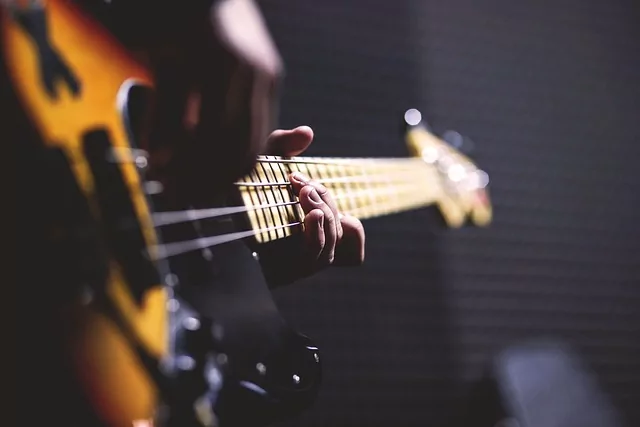Contents
Avoid Mistakes With The Help Of Real Practice Student Videos!
In online courses, you just get to see how playing the guitar works. This course will also teach you what does not work. You get to see what mistakes occur again and again (patterns) in online guitar lessons. Videos of guitar students show you the mistakes you should avoid from the very beginning.
Introduction
For any musician, choosing the proper guitar is a deeply personal and critical decision. Finding the proper guitar for your playing style may be both exciting and overwhelming, with endless possibilities ranging from acoustic to electric, as well as various body types and tonewoods.
Let’s see how you can choose the ideal guitar to suit your musical preferences and improve your playing experience.

What is Your Playing Style
To begin, consider your musical interests and playing style. Are fingerstyle folk, acoustic blues, heavy metal riffs, or complicated jazz solos your thing? Understanding your interests will help you narrow down your possibilities because each genre requires various attributes from a guitar.
Acoustic vs. Electric
Choose between an acoustic and an electric guitar. Acoustic guitars generate natural sound without the need of amplifiers, making them perfect for singer-songwriters and intimate situations. Electric guitars, on the other hand, are more adaptable and are frequently linked with the rock, jazz, and blues genres. If you’re undecided, think about the style of music you want to play the most.
Body Style and Size
A guitar’s body shape and size have a considerable impact on its playability and tone. Acoustic guitars exist in a variety of designs, including dreadnought, concert, and jumbo, each with its own sound qualities and level of comfort. Electric guitars are available in solid-body, semi-hollow, and hollow-body designs, with each altering the sound and weight of the instrument.
Tonewoods and Sound
Tonewoods are essential to an acoustic guitar’s sound. Different woods, such as spruce, mahogany, and cedar, give the instrument distinct tones. Similarly, different wood pairings in electric guitars yield distinct tonal qualities. Experiment with different tonewoods to find one that suits your musical style.
Neck Profile and Fretboard
A guitar’s neck profile and fretboard determine how comfortable it feels in your hands. Slim neck profiles are ideal for quick playing, whilst broader necks provide a more solid feel. Fretboard materials such as rosewood, maple, and ebony can have an effect on the playability and sonic response of the guitar.
Pickups and Electronics
If you choose an electric guitar, consider the pickups and circuitry. Different pickup configurations (single coil, humbucker, and P90) provide distinct tones. Some electric guitars also include built-in preamps and equalizers, which allow you to sculpt your sound directly on the instrument.
Test Multiple Guitars
Visit a guitar store and try out several instruments within your price range. Strumming chords, playing scales, and experimenting with new techniques should all be done slowly. A comfy guitar that stimulates you to play more is most likely the best choice.
Budget
Create and stick to a budget that is appropriate for your financial condition. Remember that high-quality instruments do not have to be expensive, and there are good options available at a variety of price points.
Choosing the best guitar for your playing style necessitates study as well as a personal connection with the instrument. Define your musical tastes, choose between acoustic and electric guitars, and carefully examine body type, tonewoods, neck profile, and electronics. Finally, the guitar that feels right and connects with your soul will be your constant partner on your musical journey. So take your time, try out several guitars, and enjoy the process of discovering your ideal musical partner.
Avoid Mistakes With The Help Of Real Practice Student Videos!
In online courses, you just get to see how playing the guitar works. This course will also teach you what does not work. You get to see what mistakes occur again and again (patterns) in online guitar lessons. Videos of guitar students show you the mistakes you should avoid from the very beginning.
